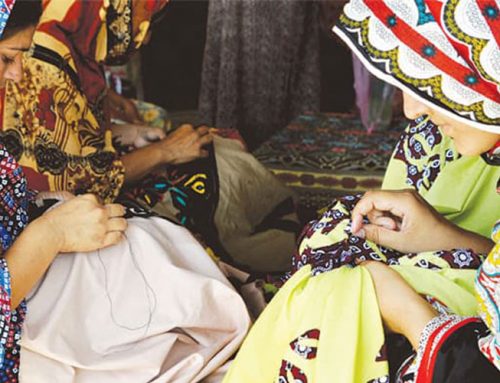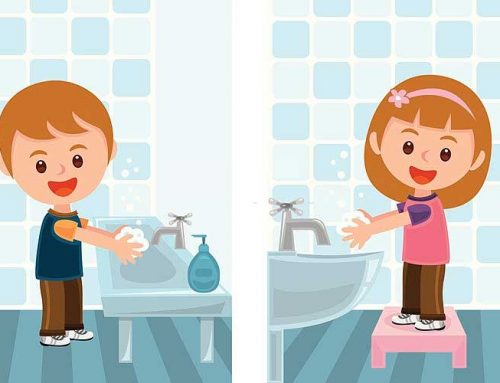Skip to content
National and Provincial Strategy for WASH in Schoolmvadmin2021-03-27T14:50:54+05:00
Project Description
- The main objectives of this study are:
- To ascertain the budget allocated and utilized in WASH sector by Balochistan during 2017-18;
- To highlight 02 years WASH budget trends;
- To identify issues and challenges in WASH budgeting, and
- To forecast budget needs up to 2030 to attend SDG-06 targets;
- The methodology used, to collect the requisite data and information, include:
- Budget records maintained by concerned departments i.e. PHED in case of water supply and LG&RDD, and WASA-Q, in case of water supply and sanitation;
- Annual budget books;
- Selected documents, reports and statistics being published by worthy institutions;
- Detailed discussion was held with focal persons of all three departments; and
- Two consultations workshops were held in Quetta, one for PHED and WASA-Q, and the second for LG&RDD.
- The scope of the study was all the 34 districts and, as well as, the province as a whole.
- Since there was no separate budget head for sanitation, so the budget of LG&RD Department was counted as a whole. Obviously the said department is using its annual budget on number of other programs, projects and activities (other than water supply and sanitation) as well. As such exact and clear picture of WASH budget could not be drawn, however the budget of developmental schemes of was supply and sanitation were collected.
- Total number of development schemes launched or initiated on water supply were 763 and on sanitation sector in 2017-18 were 406. Because of unavailability of complete data we were unable to ascertain total number of completed schemes during the year.
- The utilization rate of funds in both subsectors (water supply and sanitation) were found fairly good but not ideal i.e. 100%.
- In water supply sector there were found inequities and inequalities in budget allocation amongst the districts. For instance on five districts i.e. Zhob, Lehri, Jhal Magsi, Kohlu and Ziarat represent 7.72% of province’s population but they were they were allocated only .96% of WASH sector budget during 2017-18.
- For water supply PKR 8,401.98 million was allocated and out of it PKR 5,444.14 million was utilized. Similarly for sanitation subsector PKR 1,068.26 million was allocated and PKR 818.26 million was utilized other than WASA-Q allocations and utilization of budgetary funds.
- By WASA-Q, the prime WASH sector institution for district Quetta, PKR 76.43 million was allocated whereas PKR 73.37 million was utilized. However they was only PKR 05 million was budget allocation on sanitation subsector by WASA-Q during 2017-18.
- Three years (2016—17, 2017-18 & 2018-19) trend in water supply subsector as per budget book that average increase of 11% could be possible but only 2.73% increase in water supply revised budget from 2016-17 to 2017-18 is observed, that is almost nil in view of high inflation rate.
- Hygiene is the most neglected subsector of WASH. No fund or budget is allocated or spend on hygiene. Education department creates somewhat awareness about personal and public hygiene through curriculum, textbooks (languages, social studies, general science and islamamiyat) but it is also inadequate and insufficient. WASH is not given due importance in teacher training as well. Same is the case of Health Department, neither considerable funds or budget for hygiene nor any developmental program, project or scheme has even been initiated in province Balochistan.
- Year-wise forecasting of WASH budget requirements corresponding to the population increase indicates that the province would need amount of PKR 179 billion up to 2030 with an objective to attain the targets of SDG-06: Clean Water and Sanitation.
- The issues and problems identified are:
- No clear accounting of WASH in provincial budget.
- No separate budget head for sanitation.
- Acute shortage of trained human resource for overall budget management in general and WASH budget in particular i.e. budget preparation, maintenance of budget records and optimum budget utilization.
- Scrutiny of budgetary resources for WASH sector.
- Almost total neglect of Hygiene
- Lack of coordination among WASH sector related departments and organizations.
- In order to resolve the WASH related issues and challenges the main recommendations of the study are:
- Creation of separate head for sanitation and separate accounting for WASH sector in budget.
- Capacity building of budget staff.
- Mobilization of additional resources for WASH.
- Optimum utilization of existing budget.
- Effective coordination among the WASH sector-related departments and organizations.
- Equity-based distribution of WASH budget among districts, and
- Budgetary provisions for hygiene subsector.
Share This Story, Choose Your Platform!





